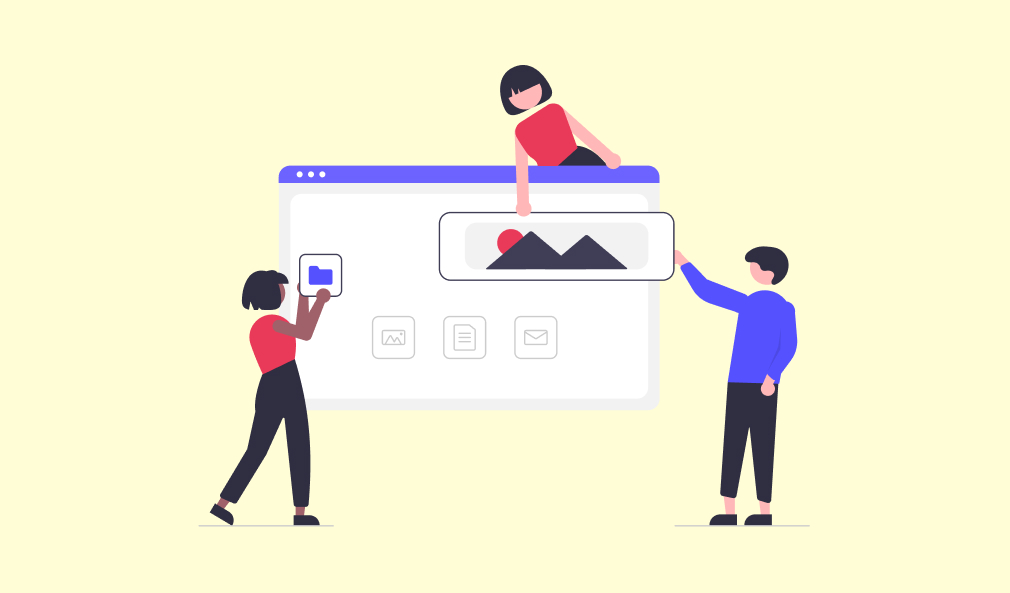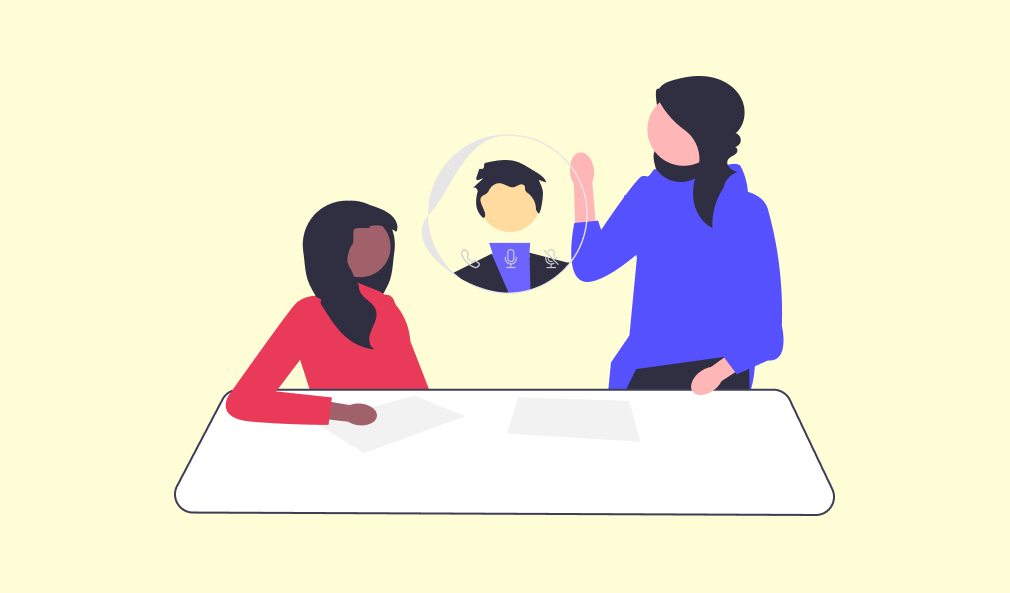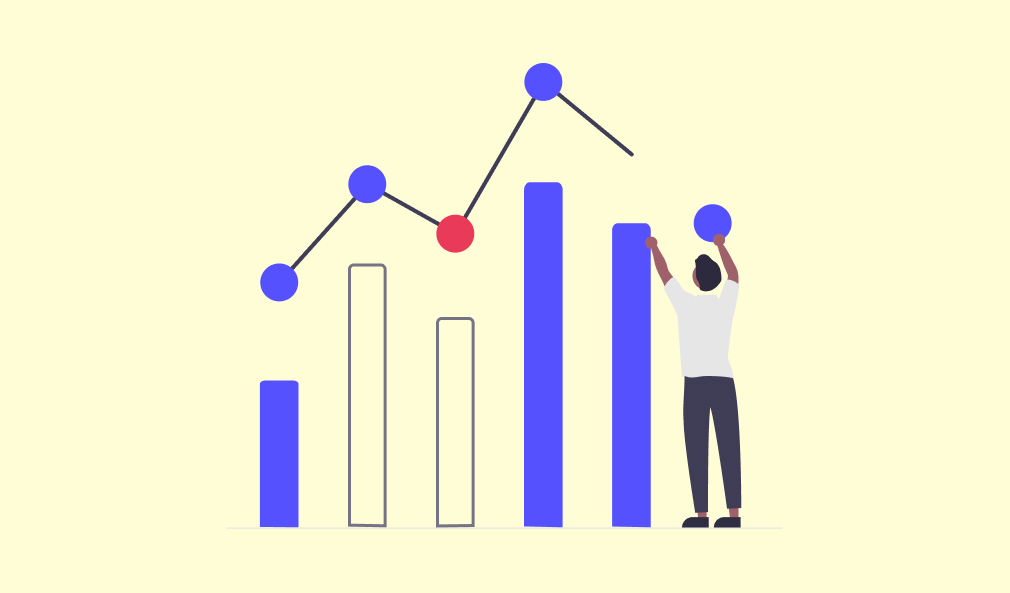In the modern competitive business world where competition never takes a nap, there’s a silent hero at play known as “UX Design”. It’s not just a buzzword. It’s a secret weapon. Imagine you step into a magical store where everything is exactly where you want it. The colors gives your soul relief and every touch make you smile. That’s what UX design does in the digital arena.
Now, consider this not just as a fairy tale but as a strategic treasure map to success. In the vast digital landscape, businesses don’t merely sell products or services rather they craft experiences. This is where User Experience (UX) design becomes the guiding star. However, here’s the thrilling twist. UX design isn’t just about making things look pretty. It’s the wizard behind the scenes, conjuring growth, turning customer frowns upside down, and adding zeros to the bottom line.
This is your golden ticket to uncover the magic of UX design in business. We’re about to unveil how it can boost your profits, make customers dance with joy, and become your secret weapon. Whether you’re a savvy business pro or a fresh-faced entrepreneur, hold on tight as we embark on this journey into the world of Business Values of UX Design. Get ready for a story where design meets psychology to transform your business landscape and ensures success for your business.
Understanding UX Design
User Experience (UX) design is more than just the arrangement of buttons on a webpage or the layout of an app. It’s a holistic approach to crafting digital experiences that prioritize the user’s needs, preferences, and emotions (Joo, 2017). At its core, UX design is about empathizing with users and designing products or services that align seamlessly with their expectations and goals.

What UX Design does for You?
UX design is all about putting the user first. It’s like taking a walk in their shoes, trying to understand how they tick, what makes them happy, and what drives them crazy when they use a website or app. It’s about showing some real empathy, so the end product actually meets the users’ needs.
One of the main aims of UX design is to make things super easy for users (Getto & Beecher, 2016). You want them to glide through the website or app without any hiccups or head-scratching moments. No one likes banging their head against a digital wall, right? And speaking of inclusivity, UX designers also make sure that everyone, regardless of any disabilities, can use these digital tools without any hassle. It’s not just a legal thing rather it’s about doing what’s right for everyone.
You know when you visit a website or app, and everything just feels familiar? That’s the magic of consistent design. It’s like meeting an old friend in a new place and feeling right at home. Besides, it makes it easier to find your way around and doesn’t overload your brain with too much stuff.
UX design is a bit like a never-ending story. It’s not a one-and-done deal. We keep talking to users and the big shots, looking at data, and making things better bit by bit. It’s like planting seeds and watching them grow into a beautiful, user-friendly garden over time.
The User Journey
In the arena of UX design, there’s a fundamental concept that’s similar to a treasure map which is “The User Journey”. This concept is like having a GPS for understanding how users interact with a product or service. It’s not just about where they end up. It’s about every step of the adventure.
Imagine this journey as a grand expedition. It begins with the user’s initial awareness, like setting sail on a new adventure. Then comes exploration, where they chart uncharted territory, seeking what your product or service has to offer. The decision-making phase is where they weigh their options, just like explorers choosing their path through a dense jungle.
However, it doesn’t end there. After the adventure, there’s the post-interaction reflection. The users gather around the digital campfire to share stories and impressions there. Now, here’s where the magic happens. By understanding this user journey, UX designers become modern-day explorers themselves. They map out every twist and turn, discovering critical touch points and areas where the adventure could be smoother, more exciting, or more satisfying.
In essence, the user journey is your compass to navigate the uncharted waters of user experience, ensuring that every step leaves a mark and every interaction is a memorable part of the journey (Karampournioti & Wiedmann, 2021).
UX Design and Business Goals
There’s a beautiful combination that takes place between user-centered design and business objectives. This interconnection between these two can truly empower the business. Consider this partnership as a dynamic duo where UX design acts as the sidekick that helps businesses achieve their goals. Let’s explore how does it do that:

Increased Customer Satisfaction
Imagine your users as your valuable guests. A well-designed user experience is like the warm welcome at the front door of your digital home. When users feel satisfied, they don’t just leave rather they stay, they engage, and they advocate for your brand. It’s the beginning of a beautiful emotional bonding with your brand and the users.
Higher Conversion Rates
Think of your website or app as a skilled salesperson. A persuasive and intuitive UX design guides your users gently toward the checkout counter, newsletter sign-up form, or contact page. It’s like having a trusted guide on a thrilling expedition. When the path is clear and enticing, conversions soar.
Enhanced Brand Reputation
Your brand is more than just a logo. It’s the sum of every experience users have with your digital presence. A positive user experience isn’t just a nice bonus rather it’s a reputation builder. It’s word-of-mouth marketing in the digital age. When users sing praises about your ease-of-use and delightful experience, your brand stands tall in a crowded market.
Reduced Support and Maintenance Costs
Imagine this as a hidden treasure chest. When users can effortlessly navigate your product or service, they need fewer maps and less guidance. It’s like having an adventure that requires no rescue missions. The result? You save on customer support and ongoing maintenance costs. Your ship sails smoothly without constant repairs.
UX design isn’t just a means to an end. It’s an essential tool for businesses to achieve their objectives. It’s the artist that paints the canvas of user experience, creating a masterpiece that resonates with customers and boosts your bottom line (Karr, 2015). When you put the user at the center of your design universe, the alignment with your business goals becomes a natural, symbiotic relationship that propels your journey to success.
Impact of UX Design on Your Business
It’s a highly competitive digital marketplace, and businesses are like ships in a vast sea. However there is a catch. They’re not just sailing to make sales rather they’re on a quest to build something extraordinary. In this era, business isn’t just about transactions. It’s about crafting lasting bonds with customers. UX design is the unsung hero of this epic journey. It’s not only a sidekick but also the bridge that connects these businesses with their audiences (Brown & Wyatt, 2010).
Imagine a magical shop, not on a quaint street corner, but right on your screen. It’s an e-commerce platform, but it’s not just about selling; it’s about creating an experience that feels like a warm, friendly handshake. Here’s the secret sauce: a well-designed user experience isn’t just about helping customers buy stuff. It’s about painting a smile on their digital faces. When customers walk through a website or app, finding what they want feels like discovering treasure.
And here’s where the story gets exciting. That joy, that satisfaction, it doesn’t end when they click ‘checkout.’ No, it’s just the beginning. They keep coming back, like friends who can’t stay away from a good party. That’s the magic of UX design.
So, as we delve deeper into the world of UX design and its impact on business, remember this, “It’s not just a design, it’s the magic that turns clicks into lasting connections”. The digital marketplace isn’t just about buying. It’s about experiencing something extraordinary, and UX design is the mastermind behind the curtain, making the magic happen.
Tangible Benefits of UX Design
In the following sections, we will delve deeper into the tangible business benefits of UX design, exploring how it directly impacts key performance indicators and contributes to the bottom line. Understanding the profound impact of UX design on business success is the first step toward harnessing its full potential.

Keeping Visitors Engaged
Think of your website as a thrilling amusement park. Visitors arrive with high expectations, and UX design ensures they have a blast on every ride. When users can effortlessly navigate and explore your website, they stay longer, like excited kids in a theme park. This not only boosts user engagement but also tells search engines that your park is the place to be, improving your ranking.
Fostering Customer Loyalty
Your business isn’t just about one-time transactions. It’s a journey. UX design is the tour guide that ensures every step of the journey is memorable. Customers not only buy from you but become loyal fans, like groupies following their favorite band. With UX design, you reduce the need for expensive marketing campaigns because your fans do the talking for you.
Reduced Bounce Rates
Think of your website as a grand castle with hidden treasures inside. Now, imagine visitors as explorers. When they can easily find the treasure chests they seek without getting lost in the maze, they don’t leave in frustration. Your castle becomes a place they want to explore further. Lower bounce rates mean your castle is more attractive, not just to visitors but to search engines too. It’s like having a secret map to the top.
In this story of UX design, every chapter is a triumph for your business. It’s not just about making things pretty, it’s about turning your digital realm into a treasure trove of success (Obrist et al., 2011). UX design is the compass that leads you to higher conversion rates, lower bounce rates, loyal crew members, and cost savings that rival hidden treasures. So, get ready to set sail, because UX design is your ticket to a business adventure of a lifetime.
Conclusion
The business value of UX design cannot be overstated. It goes beyond aesthetics. It’s about creating experiences that resonate with users, drive business growth, and foster brand loyalty. As businesses continue to adapt to the digital era, prioritizing UX design is not a choice but a necessity.
By understanding the principles of UX design, recognizing its impact on business objectives, and measuring ROI, you can harness its full potential to gain a competitive edge in the market. Remember, in a world where the customer’s voice is louder than ever, delivering exceptional user experiences is your ticket to success. Embrace UX design, and watch your business thrive in the ever-evolving digital landscape.
References
- Brown, T., & Wyatt, J. (2010). Design Thinking for Social Innovation. Development Outreach, 12(1), 29–43. https://doi.org/10.1596/1020-797x_12_1_29
- Getto, G., & Beecher, F. (2016). Toward a Model of UX Education: Training UX Designers Within the Academy. IEEE Transactions on Professional Communication, 59(2), 153–164. https://doi.org/10.1109/tpc.2016.2561139
- Joo, H. S. (2017). A Study on the development of experts according to UI / UX understanding. KOREA SCIENCE & ART FORUM, 31, 401–411. https://doi.org/10.17548/ksaf.2017.12.30.401
- Karampournioti, E., & Wiedmann, K.-P. (2021). Storytelling in online shops: the impacts on explicit and implicit user experience, brand perceptions and behavioral intention. Internet Research, ahead-of-print(ahead-of-print). https://doi.org/10.1108/intr-09-2019-0377
- Karr, A. (2015). UX research vs. UX design. Interactions, 22(6), 7–7. https://doi.org/10.1145/2834964
- Obrist, M., Law, E., Väänänen-Vainio-Mattila, K., Roto, V., Vermeeren, A., & Kuutti, K. (2011). UX research. Proceedings of the 2011 Annual Conference Extended Abstracts on Human Factors in Computing Systems – CHI EA ’11. https://doi.org/10.1145/1979742.1979526
